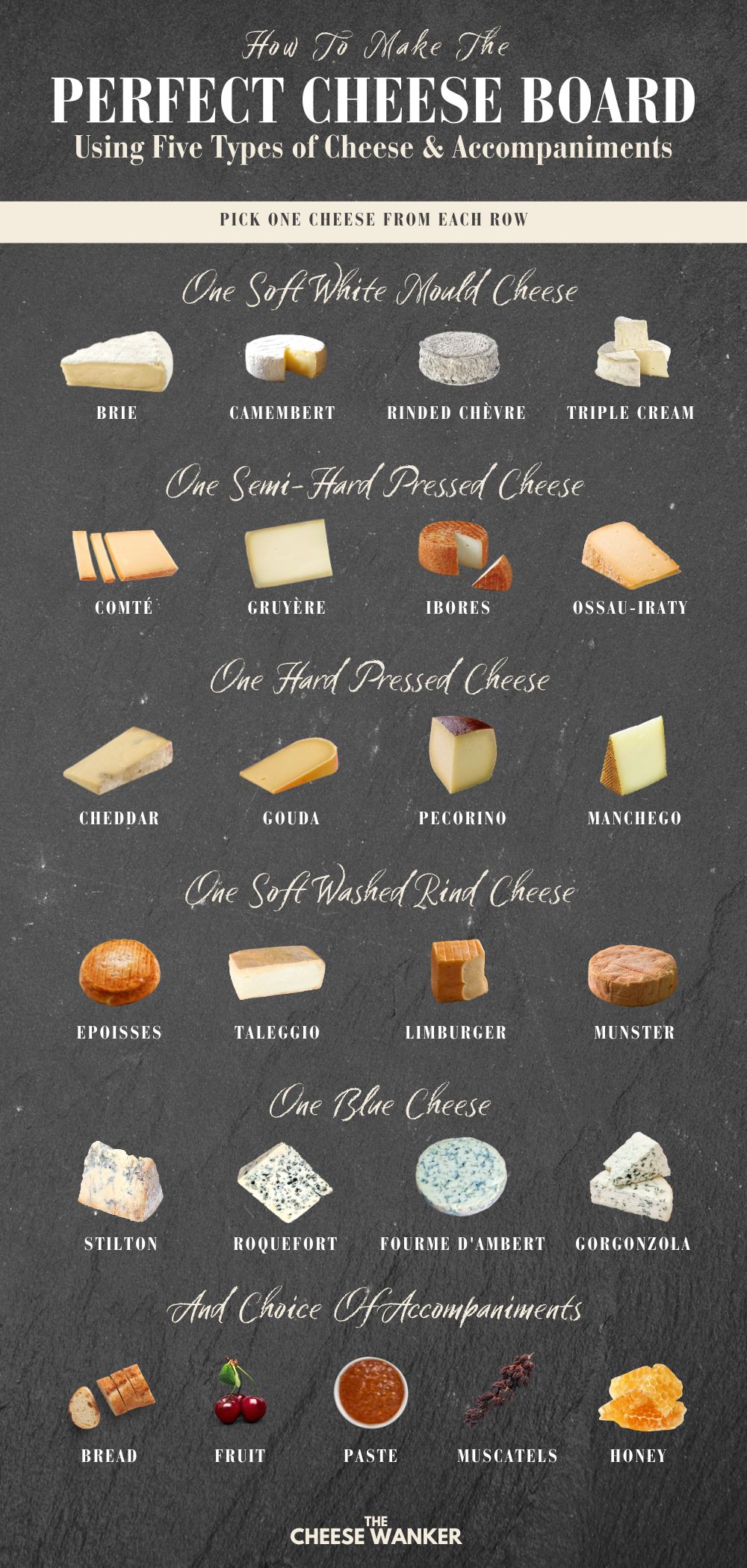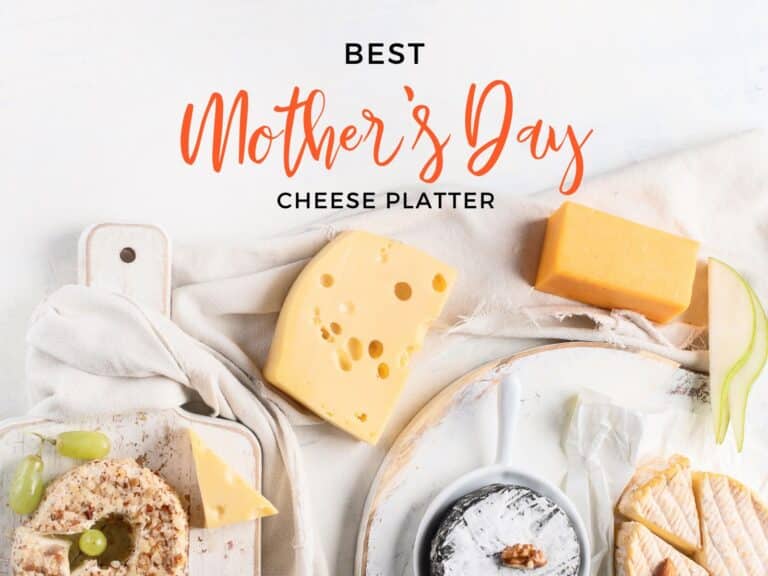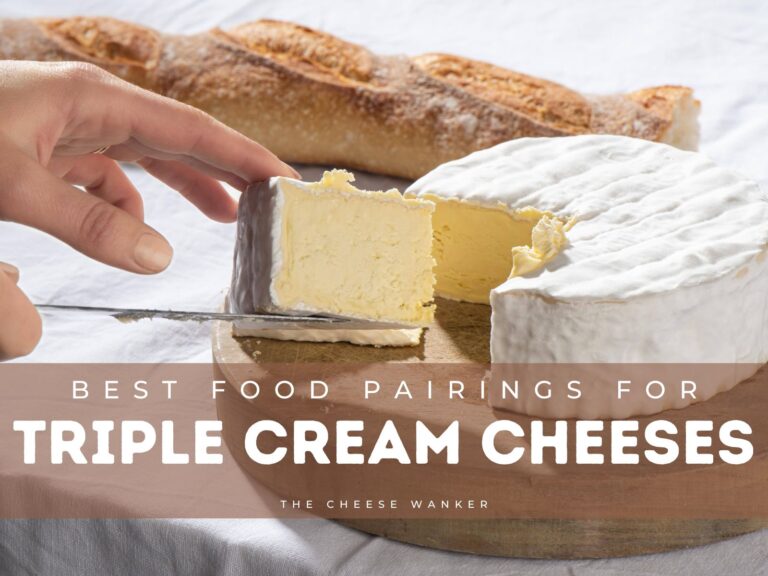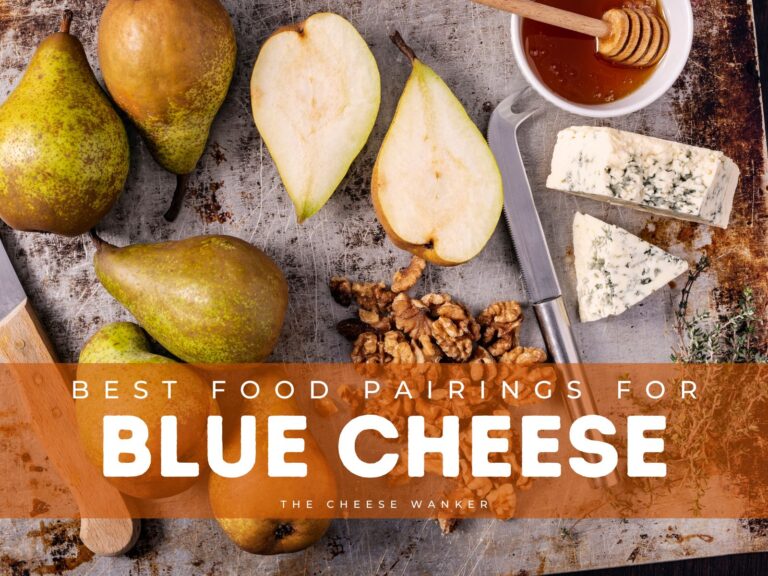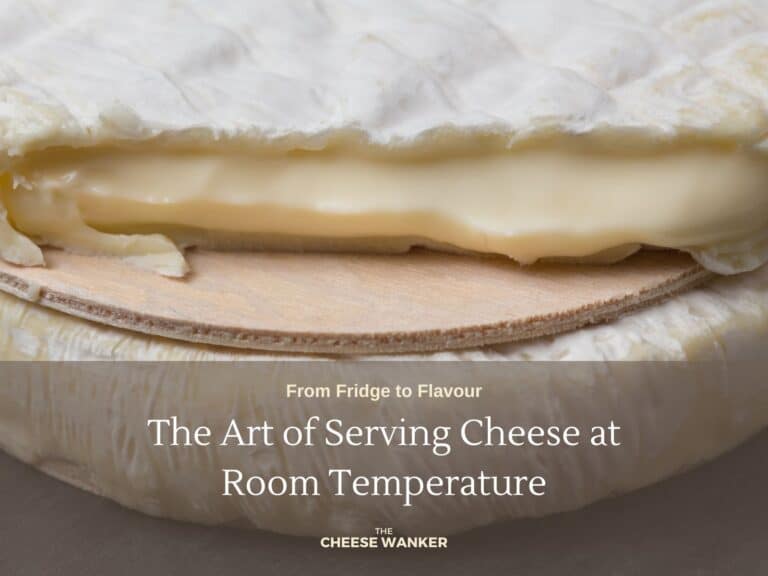In many ways, we are in the golden age of cheese. And what better way to highlight amazing artisanal cheeses from around the world than a cheese board. But what cheeses should you choose? Read on to learn about the art of cheese selection and how to make the perfect cheese board.
SEE ALSO: How to restore an old cheese board to its former glory →
Our rationale
When it comes to pairing cheese (or any other foods and beverages for that matter), it comes down to balancing texture and flavour. For the purpose of this article, we will be focusing on the cheese selection but will also have a look at other accompaniments that you can serve alongside.
How much cheese should I serve
Obviously, the amount of cheese a person can consume will depend largely on the individual. But, as a good rule of thumb, try to aim for 30 g (1 ounce) of each cheese per guest. Given the range of intensity of flavour (e.g., Brie vs Roquefort), you might want to factor in a range of ± 5 g for each cheese.
How many different cheeses
Now this is a very interesting topic that is hotly debated within the cheese community. If we refer back to our rationale above, you want to choose a sufficient number of cheeses to provide your guests with a range of textures and flavours. My advice would be to go with either three or five different types of cheese. Let’s now have a look at which factors should dictate your cheese selection.
How to choose the cheeses for your cheese board
To be honest, there are many different criteria you can use to influence your cheese selection. And we’re going to break them down into categories to make it easier for you to follow.
1. Use Different Types of Cheese
A simple and reliable way to get your cheese board experience under way is to select cheeses by different types. The key here is to include a range of textures and flavours in your cheese selection. The first question you have to ask yourself is “how many cheeses do I want to serve?”.
Three cheeses
If you choose to go with three cheeses, I would recommend going with the following:
- One soft white mould cheese e.g., Brie or Camembert
- One semi-hard to hard pressed cheese e.g., Cheddar or Comté
- One blue cheese e.g., Stilton or Roquefort
We’ve got some more great examples of each in the infographic below.
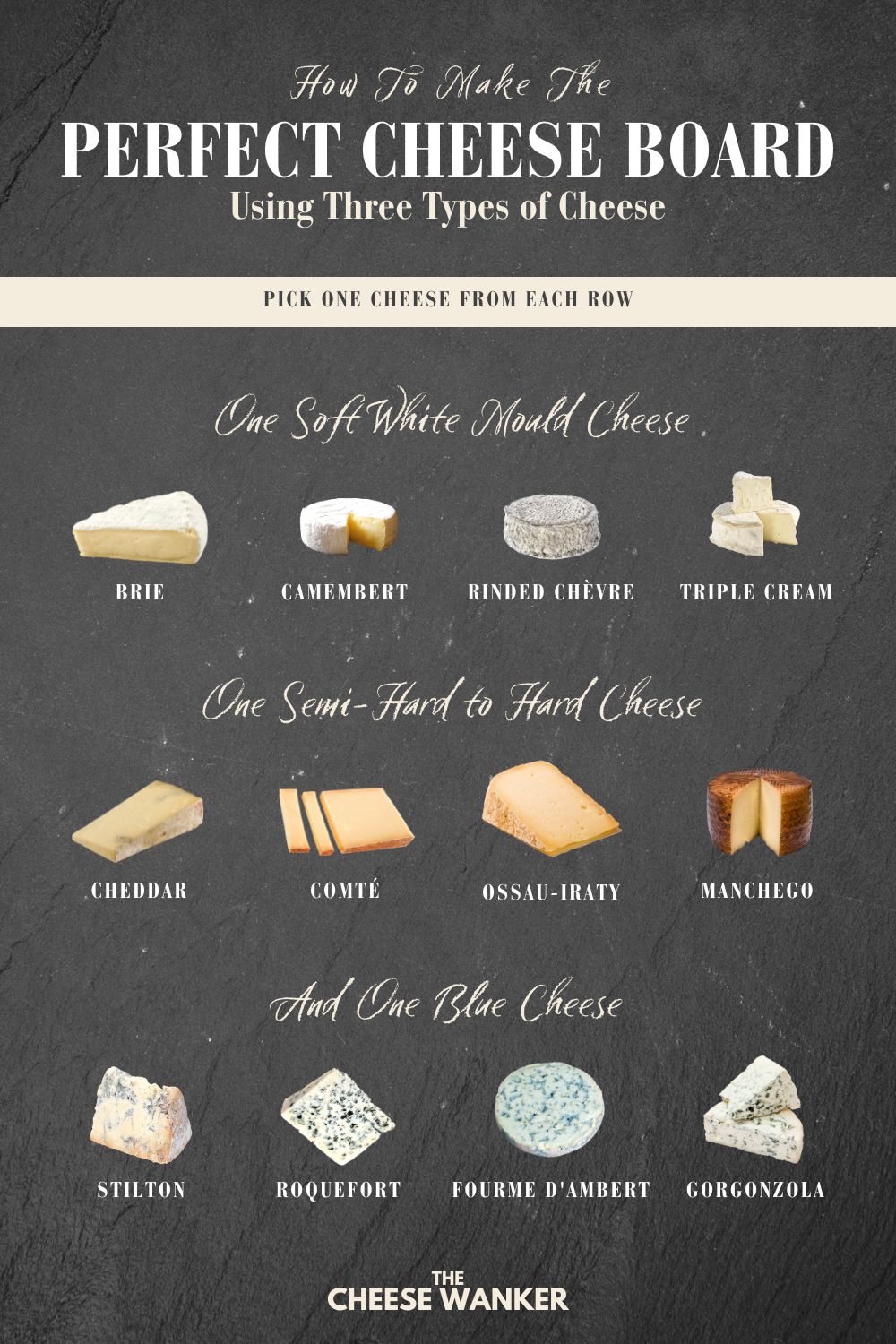
Five cheeses
On the other hand, if you want to serve five different types of cheese, you will certainly open up your options. One great template would be the following:
- One soft white mould cheese e.g., Selles sur Cher or Brillat-Savarin
- One semi-hard pressed cheese e.g., Gruyère or Ibores
- One hard pressed cheese e.g., Gouda or Manchego
- One soft washed rind cheese e.g., Epoisses or Munster
- One blue cheese e.g., Fourme d’Ambert or Gorgonzola Piccante.
Once again, we’ve got some more great examples of each in the infographic below.
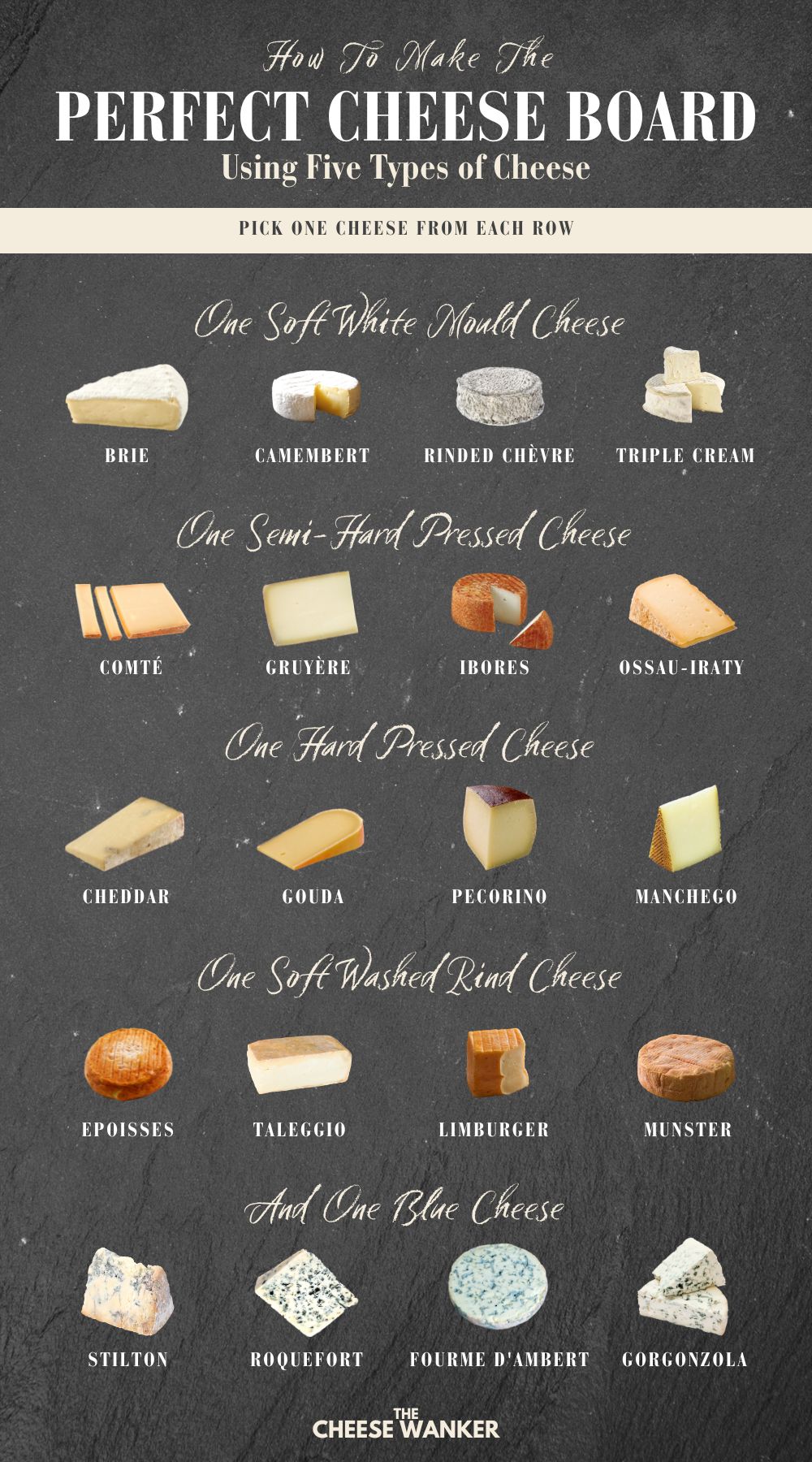
2. Where the cheese comes from
One of my favourite methods for cheese selection is to create cheese boards or platters that highlight different cheeses from the same region. Once again, such a cheese board must include cheeses with a range of texture and flavours. But this time, we will choose all cheeses that come from a particular country, or even a region within a country.
Three cheeses: France
If you’re making a three cheese platter and want to highlight French cheeses, you can use the following as a template.
- One soft white mould cheese e.g., Brie de Meaux or Camembert de Normandie
- One semi-hard to hard pressed cheese e.g., Ossau-Iraty or Tomme de Savoie
- One blue cheese e.g., Bleu de Gex or Roquefort
Check out the infographic below for some more great ideas of French cheeses you can add to your next cheese board.
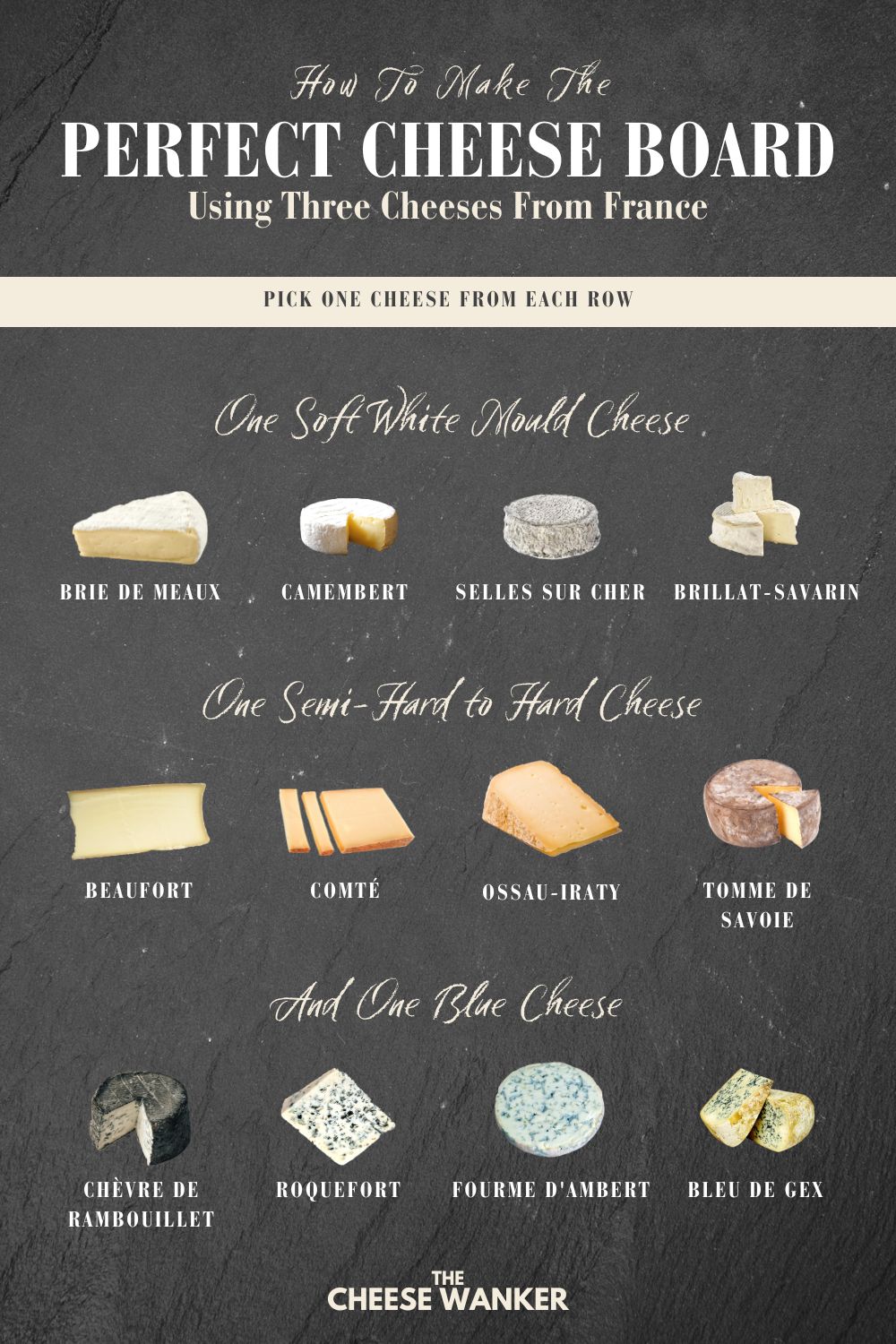
Five cheeses: England
On the other hand, a five cheese plate celebrating English cheese might look like this.
- One soft white mould cheese e.g., Tunworth or Baron Bigod
- One semi-hard pressed cheese e.g., Double Gloucester or Wensleydale
- One hard pressed cheese e.g., Berkswell or Cornish Kern
- One soft washed rind cheese e.g., Rollright or Stinking Bishop
- One blue cheese e.g., Stilton or Shropshire Blue
We’ve got some more great English cheese suggestion in the infographic below.
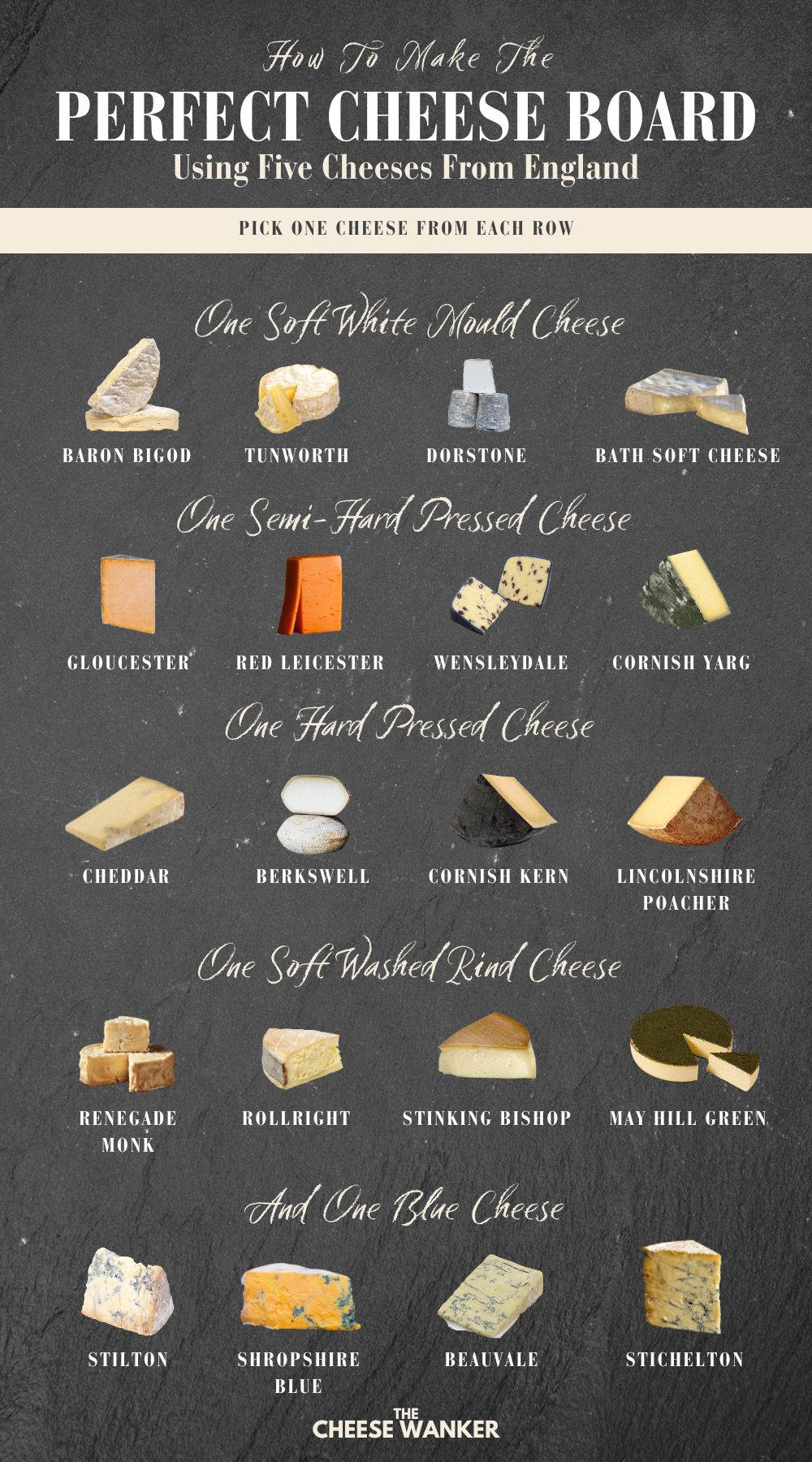
3. What milk the cheese is made with
Unsurprisingly, the choice of milk used in cheesemaking plays a significant role in the final flavour profile. And when planning a cheese board, you can choose to celebrate this diversity in your cheese selection. Or you can choose to highlight a particular milk used differently in different types of cheese.
Three cheeses: Different milks
For a three cheese plate highlighting different milks, you can choose one cheese from each row from the infographic below:
- One cow’s milk cheese e.g., Brie de Meaux
- One goat’s milk cheese e.g., Goat Gouda
- One sheep’s milk cheese e.g., Roquefort
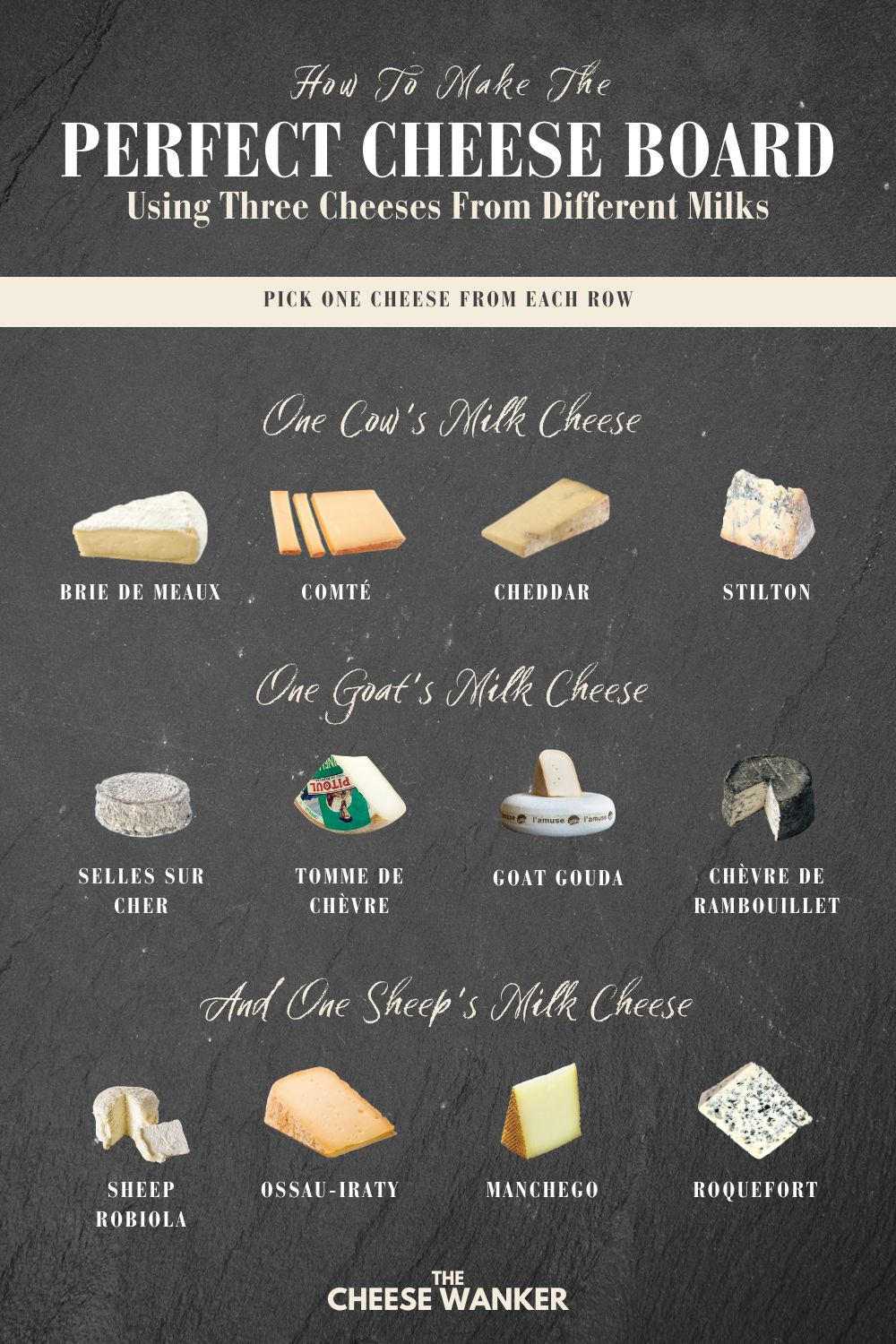
Five cheeses: Goat milk
On the other hand, if you want to serve a five cheese board with 100% goat milk cheeses, you can choose from the selection below:
- One fresh cheese e.g., Boursin or Goat Ricotta
- One soft white mould cheese e.g., Sainte Maure de Touraine or Valençay
- One semi-hard pressed cheese e.g., Bethmale de Chèvre or Ibores
- One hard pressed cheese e.g., Garrotxa or Formaggio Caprino
- One blue cheese e.g., Blu di Capra or Chèvre de Rambouillet
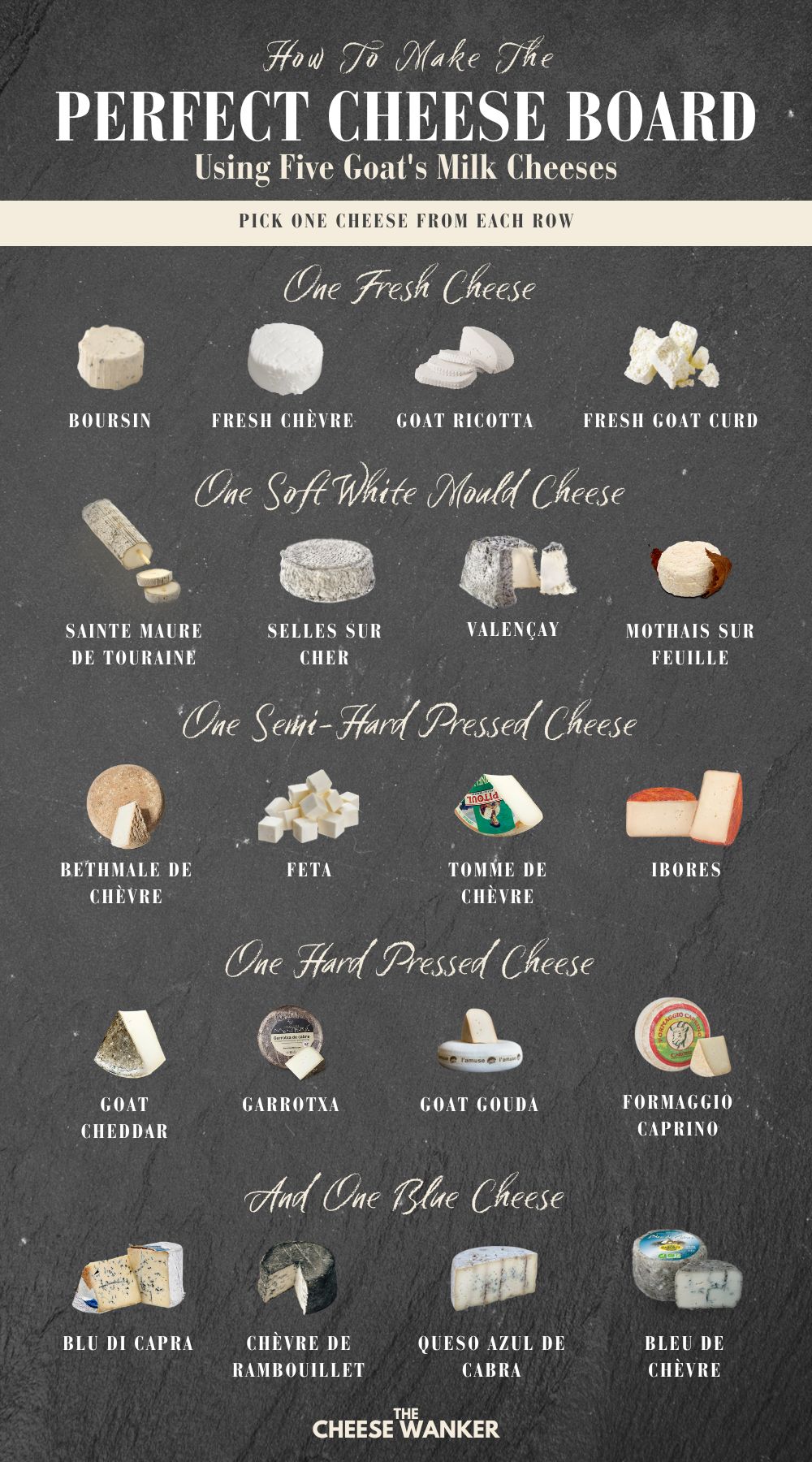
4. Additional considerations
Of course, what we have discussed so far can give you a basic guideline to follow in your cheese selection. But depending on your guests’ personal likes/dislikes or dietary requirements, you might need to tailor your cheese to their needs. Pay special attention to lactose intolerance, pregnancy and vegetarian diets.
What accompaniments should I choose?
Once again, the choice of accompaniments comes down largely to personal preferences but there are a few recommendations we can make. Let’s break it down by cheese type.
Soft white mould cheese
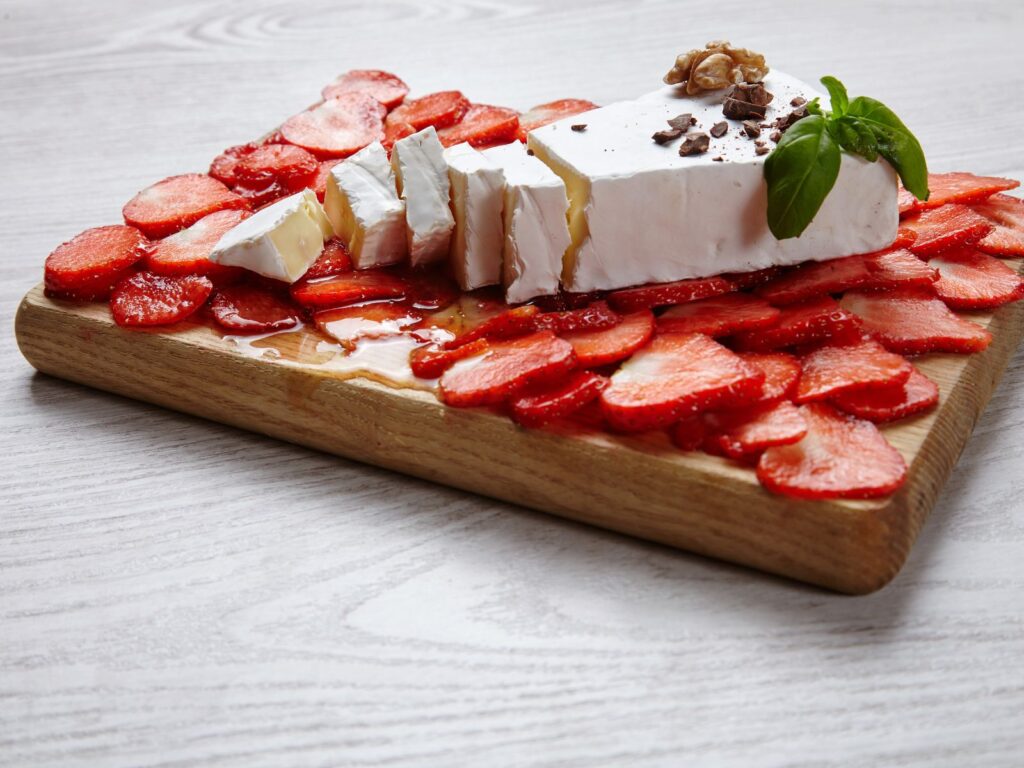
Whether you choose to go for a double cream or a triple cream soft cheese, you will want to pair it with an accompaniment that helps cut through the richness and bring a bit of sweetness. The classic pairing here is strawberry or cherry.
Furthermore, you will want something quite crunchy to contrast with the soft texture of the cheese. Traditionally, the French serve a warm crunchy baguette. But you can also choose to go with crackers. Just make sure that you choose one with as little flavour as possible so as to not overpower your cheese.
Pressed cheese
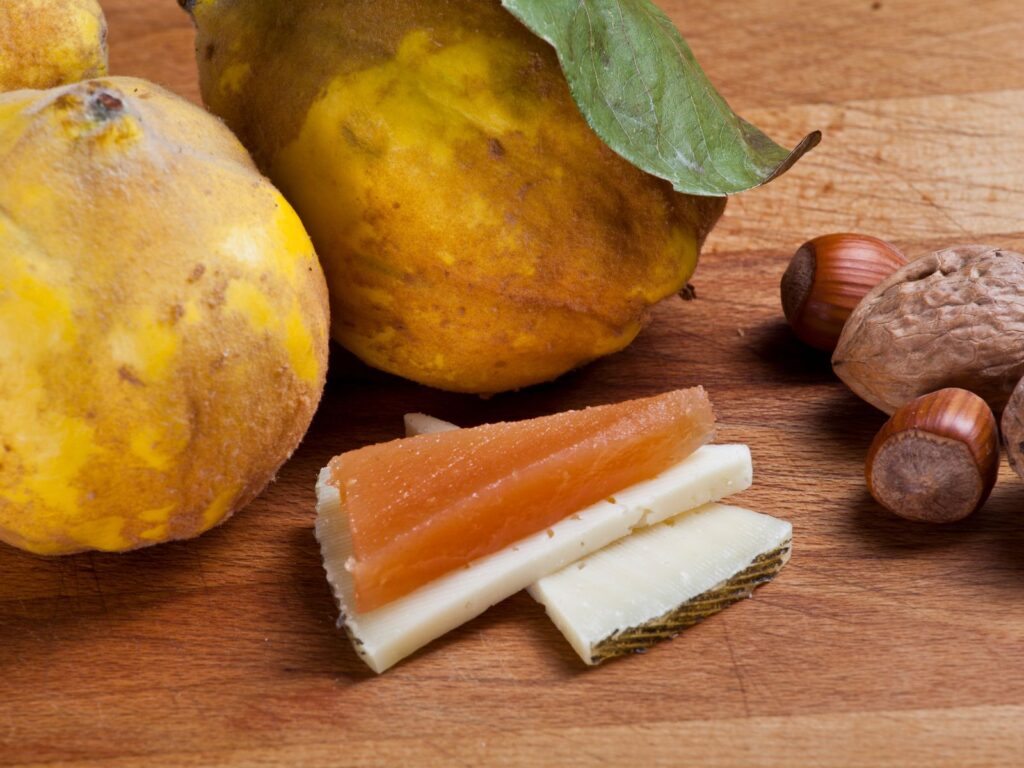
Of course, pressed cheeses vary tremendously in flavour depending on the milk, age and origin. But you will find that you can’t go wrong with a sweet paste such as quince or cherry. If you’re feeling a bit adventurous, choose a boozy paste such as Calvados or Pinot Noir.
With harder cheeses, go for a crunchy cracker rather than bread. Once again, it will be important to choose one that is quite mild in flavour to avoid any clashes with the cheese.
Soft washed rind cheese
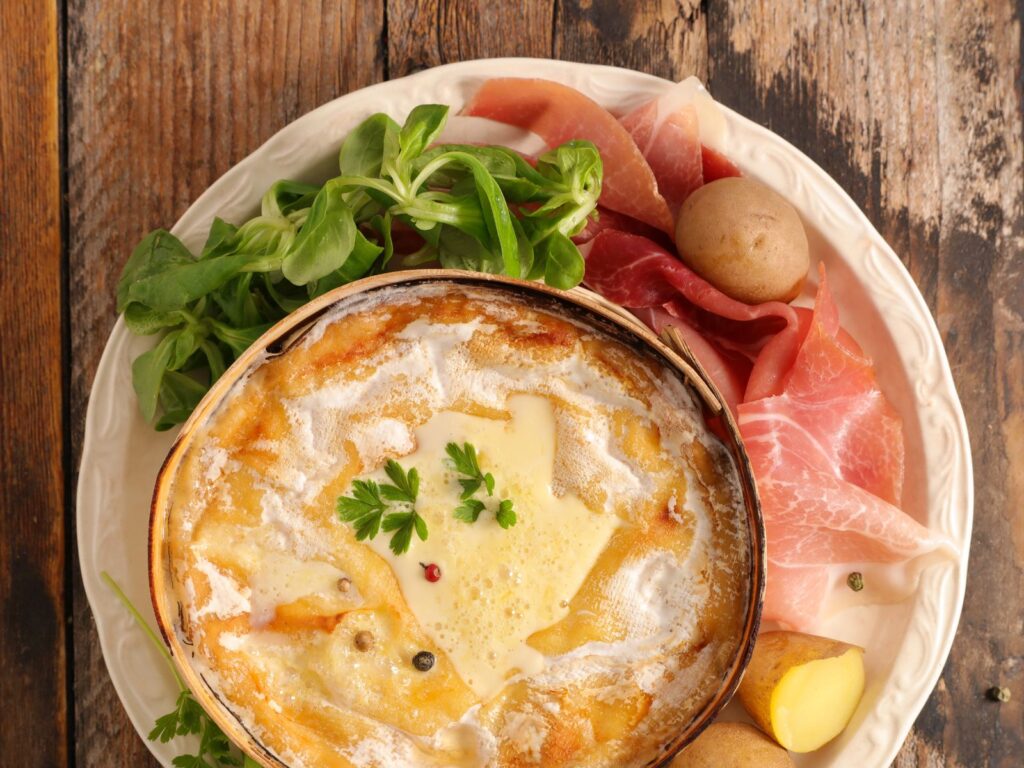
Without a doubt, this category of cheese will be the most robust in aroma and flavour. Due to this, you will want to pair them with equally robust accompaniments. Choose a complementary meaty pairing by serving with charcuterie. Or you can contrast the cheese with something sweet like a tart apple, figs or muscatels.
Soft washed rind cheeses such as Mont d’Or or Epoisses are best served with a crunchy baguette. But you can also choose fruit bread or fig and almond crackers.
Blue cheese
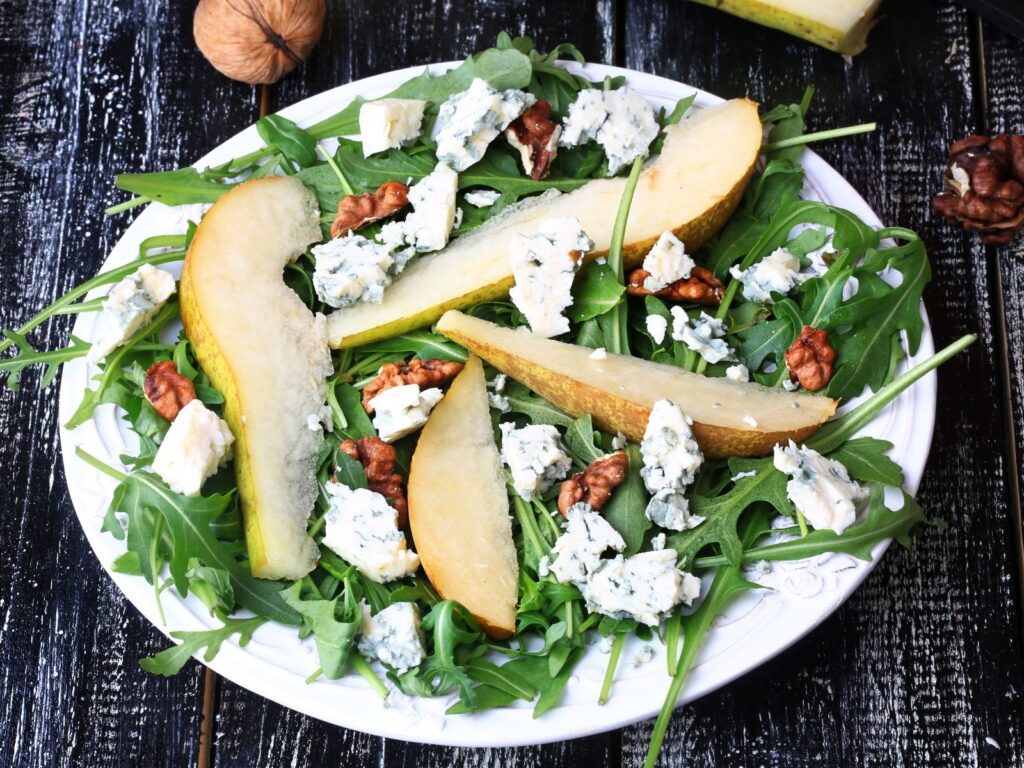
When it comes to blue cheese, we have one simple rule: choose something sweet. Cheese and food pairings do not get much more spectacular than blue cheese and green pear. If you’ve never tried this, believe us when we say that it is life-changing!
Some other great options are honey (or honeycomb), chocolate or jam. While you can spread a soft blue like Roquefort on bread, I would recommend you go for a sweet cracker for most blue cheeses. Some great options are fig, date, walnut, apricot, raisin or cranberry.
Cheese Board 101
In crafting the perfect cheese platter, the art lies not just in the selection of cheeses but in the harmony of flavours, textures and presentation. As we explored the vast world of cheeses, we discovered that the key to choosing the best cheeses for a cheese platter lies in understanding variety and balance.
First and foremost, embracing diversity is essential. A successful cheese platter showcases an array of textures and tastes, ranging from soft and creamy Brie to crumbly blue cheese. Each cheese tells a story, and when combined, they create a symphony of flavours that cater to different palates.
Equally important is considering accompaniments. Fruits like grapes and slices of pear offer a refreshing sweetness, while nuts provide a satisfying crunch. The zing of pickles and olives adds a tangy contrast, enhancing the overall tasting experience. A variety of crackers and breads serve as a neutral base, allowing the cheeses to shine.
With the right blend of cheeses and accompaniments, you can elevate any gathering into a delightful and memorable experience for you and your guests. Cheers to the joy of cheese, and may your cheese platters always be as vibrant and diverse as your culinary spirit!
What’s your go-to cheese and accompaniment selection for a cheese platter? Let us know in the comments below.
